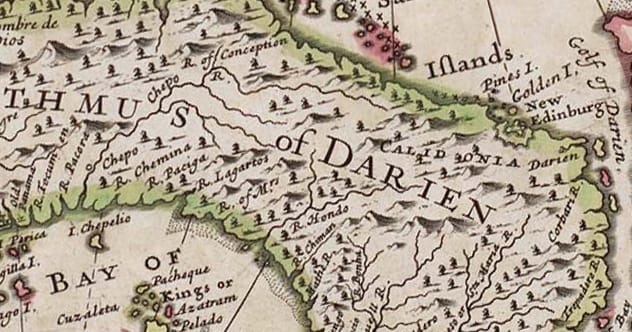The age of exploration saw many brave souls venture into the unknown, hoping to build new lives or gain riches. But setting up a new home, a colony, in a faraway land was incredibly tough. It wasn’t just about planting a flag; it was about survival. Sadly, many of these dreams turned into nightmares pretty quickly. Whether it was due to bad luck, terrible planning, or just plain not understanding the new world, some colonies were simply set up to fail. Let’s look at 10 such settlements that were doomed from the very start.
10. Cosme And New Australia: Australian Socialists In Paraguay
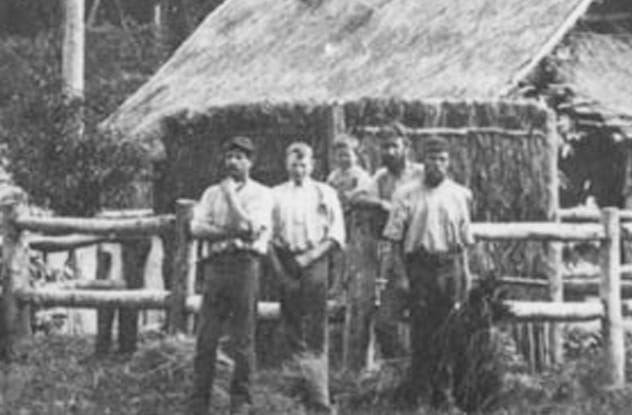
Imagine a group of Australian workers, fed up with low pay and tough conditions. They dreamed of a fair, socialist paradise. English journalist William Lane suggested they create this “New Australia” in Paraguay. In 1893, the first 220 settlers arrived, full of hope after a six-week journey through a mosquito-filled wilderness.
However, things went sour fast. Lane, their leader, was very strict. He banned alcohol and didn’t want settlers mixing with the local people. Many found Lane too controlling and, well, a bit racist for a socialist. His rules were soon broken, especially with local sugarcane rum available and many Guarani women around (as many Paraguayan men had died in a recent war).
The colony split. Lane took his loyal followers to start another settlement called Cosme. Life there was even harder than back in Australia. By 1899, Lane gave up and left. His dream of changing the world had crumbled. Eventually, the Paraguayan government dissolved these colonies, giving land to individual settlers. Today, about 2,000 descendants of these Australians still live in Paraguay.
9. Two Forts Named Jacob: Couronians In Tobago And Gambia

You’ve probably never heard of Courland. It was a small duchy, part of the Polish-Lithuanian Commonwealth, in what is now Latvia. Despite its small size (only about 200,000 people), Courland had a brief period of glory in the 17th century under Duke Jacob Kettler. He built a large trading fleet and even managed to get two colonies overseas. But they didn’t last.
In 1654, the Couronians established Fort Jacob in Tobago, renaming the island New Courland. This was a bold move, as bigger colonial powers had tried and failed there before. But the Couronians were persistent. However, they couldn’t compete with stronger rivals like the Dutch, who set up a colony nearby. Then, war back home devastated Courland. With their capital occupied, they couldn’t send help to Fort Jacob.
The Dutch took over Fort Jacob in 1659. For the next 30 years, Tobago changed hands many times. The Couronians tried to get it back but never succeeded. They also had another Fort Jacob (they really liked their Duke!) on an island in the Gambia River, established in 1651. The Dutch seized this one too, possibly by tricking the Couronians. Soon after, the English took control and turned it into a slave trade center.
8. Fort Saint Louis: French In Texas

Rene-Robert Cavalier, Sieur de La Salle, set out from France with 300 colonists. Their goal was to build a settlement at the mouth of the Mississippi River. But, due to bad maps, they missed their target by a massive 400 miles, landing in Matagorda Bay, Texas. Along the way, they lost two ships—one to pirates, another wrecked—and most of their supplies.
The colonists weren’t exactly top-notch either. They included young drifters, 100 poorly recruited soldiers, and craftsmen who weren’t as skilled as they claimed. About a third of them took one look at the Texan coast and decided to go back home.
La Salle, described by some as moody and paranoid, insisted on finding the Mississippi. He lost his last ship in this quest. By January 1687, only 40 colonists remained. La Salle decided to take half of them on a long trek overland to get help from a fort he’d previously set up in Illinois. But his group mutinied, and La Salle was killed. The roughly 20 people left behind, mostly sick individuals, women, and children, held on until Christmas 1688. They were then attacked and killed by Karankawa Indians. It’s a grim tale, marking a tragic end to a poorly planned venture.
7. Klein-Venedig: Germans In Colombia
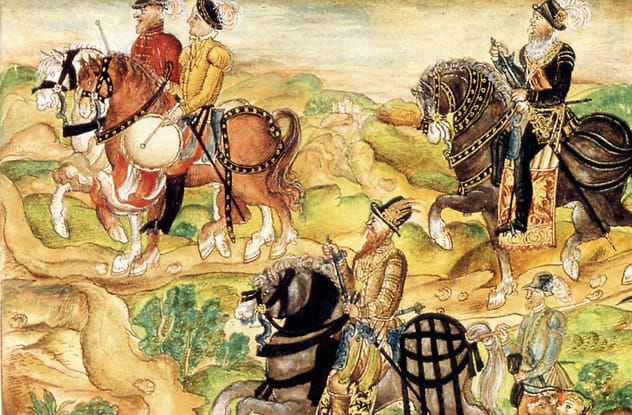
In 1528, Emperor Charles V granted the German Welser banking family the right to settle and conquer a large area in today’s Venezuela and Colombia. This deal was to help settle debts the emperor owed, which had helped him become Holy Roman Emperor.
From the very beginning, this colony, known as Klein-Venedig (Little Venice), was on shaky ground. The Welsers were under the authority of existing Spanish colonial rulers, which created confusion. This uncertainty led them to focus on making quick money rather than building a lasting settlement. Their governors led violent expeditions into the jungle, searching for the legendary city of gold, El Dorado.
The first governor, Ambrosius Ehinger, captured and branded local tribesmen and founded a short-lived settlement. He died from a poisoned arrow. His successor also launched slave raids and gold hunts. These missions often ended in starvation and even stories of cannibalism. The Welsers failed to create anything sustainable and angered the local people, who then refused to trade. After further internal conflicts, including murder, their rights were suspended in 1546. Nine years later, the entire area was returned to Spanish control.
6. Darien: Scots In Panama
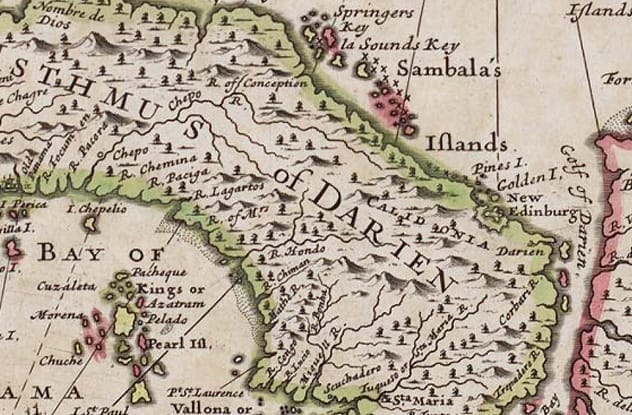
In the 1690s, Scotland decided it wanted a piece of the colonial pie. They formed the Company of Scotland Trading to Africa and the Indies and planned to colonize the Darien Isthmus in Panama. This narrow strip of land seemed perfect for trading between the Atlantic and Pacific oceans. However, the English, who shared a king with Scotland, were strongly against this idea. They pressured English investors to pull out their money and threatened anyone who did business with the new Scottish company.
Despite this, the colony, named Caledonia, was founded in November 1698. But things quickly went wrong. The land was terrible for farming. The local indigenous people weren’t interested in trading for the goods the Scots offered, like combs and mirrors. Disease spread rapidly, killing many settlers. Ships sent for supplies found that King William had forbidden English colonies from helping the Scots. Starving, they were turned away.
When they heard the Spanish were planning an attack, the remaining 300 of the original 1,200 colonists abandoned Darien. A second fleet arrived later, found the settlement empty, and surprisingly won a battle against the Spanish, only to be besieged and captured themselves. The Darien scheme was a disaster, costing Scotland nearly half its wealth. This financial ruin played a big part in Scotland agreeing to the Act of Union with England in 1707.
5. Charlesfort: French In South Carolina
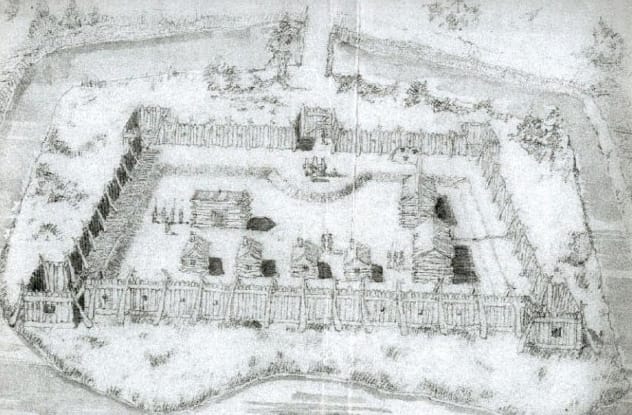
Back in 1561, France was torn by religious conflict between Catholics and Huguenots (Protestants). Admiral Gaspard de Coligny, a Protestant but trusted by the Catholic royal family, sent an expedition to the New World. He hoped to find a place for Huguenots to settle, a safe haven that would still be under French control.
The expedition leader, Jean Ribault, built Charlesfort in a beautiful natural harbor in what is now South Carolina. He left a small garrison of 27 men, promising to return with supplies in six months. But he never made it back on time. Civil war broke out in France, and Ribault ended up in England, where he was jailed as a spy.
At Charlesfort, supplies quickly ran out. The settlers hadn’t planted crops, making things worse. Morale dropped, and trying to get food by force angered the local natives. Eventually, the soldiers mutinied, killed their commander, and built a rough ship to try and sail back to Europe. The journey was desperate; they even resorted to cannibalism before the survivors were rescued by an English ship. One settler, who had stayed friendly with the natives, remained behind and was later captured by the Spanish. When Ribault finally returned in 1565 with new settlers, they were all massacred by the Spanish, who had by then claimed the area.
4. Carlota: Confederates In Mexico
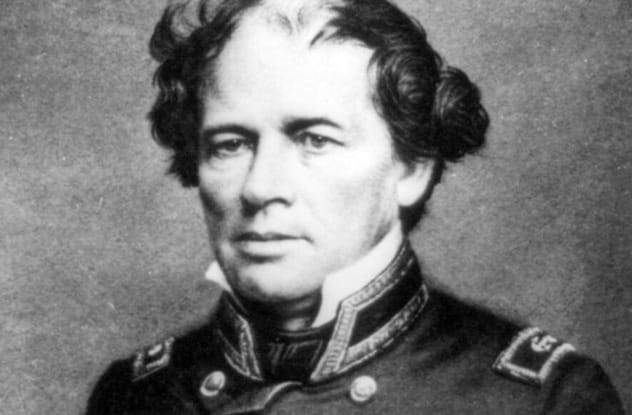
After the American Civil War ended in defeat for the South, many Confederates didn’t want to live under Union rule. Some looked for a new life elsewhere, and Mexico, being right next door, seemed like an easy choice. Among those who went were eleven generals and several former governors.
However, Mexico was not a peaceful place. It was in the middle of its own civil war. Only one side, the Royalists led by Austrian Emperor Maximilian (backed by the French), welcomed these Confederate settlers. Most ordinary Mexicans, on the other hand, were still angry about the Mexican-American War fought years earlier. Plus, some Confederates didn’t have a very high opinion of the Mexicans.
Maximilian’s support for the Confederates also faded. The newly reunited United States started putting diplomatic pressure on him and began supporting his republican enemies. As a result, Maximilian stopped the Confederates from forming their own military units (which they needed in a war zone) and tried to spread them out. Many had already been forced to give up their weapons to pass through rebel-held areas. The largest Confederate settlement, Carlota, near Veracruz, faced hostility from locals and dishonest practices by some Confederate leaders. When the French troops withdrew in 1866, Maximilian and the Confederates were left vulnerable. Maximilian was executed, and the settlers fled, either back to the U.S. or to Brazil.
3. Sointula: Finnish Socialists In Canada
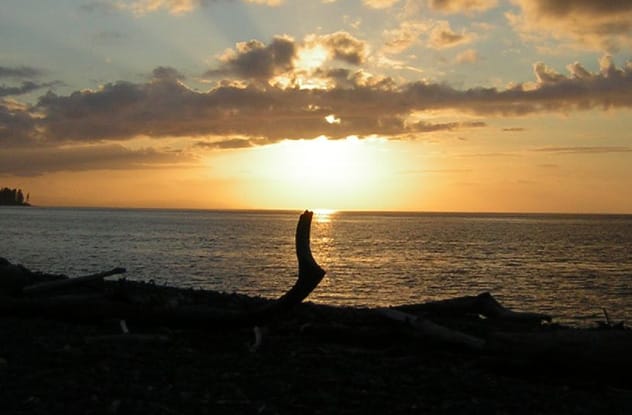
In 1900, a group of Finnish coal miners in Nanaimo, Canada, were tired of their poor working conditions. They decided to create their own community. They invited Matti Kurikka, a socialist philosopher and journalist from Finland, to lead them. They acquired a large piece of land on Malcolm Island and named their settlement Sointula, which means “place of harmony.”
At first, things seemed promising. Kurikka’s ideas of shared ownership, group decision-making, and equal pay for women attracted many people. However, the colony struggled financially. The settlers were mostly coal miners, shoemakers, doctors, and philosophers—not exactly experts in farming, fishing, or logging, which were needed to support the community. They quickly fell into debt.
Kurikka focused on radical social ideas, like communal child-rearing and viewing marriage as a form of slavery for women. This caused tension with some colonists, especially while severe economic problems were ignored. A fire that destroyed their communal hall and killed 11 people further disheartened everyone. The final blow came when Kurikka made a very low, unrealistic bid for a bridge-building project. It showed that their idealistic socialism wasn’t working well with practical economics. Kurikka left the colony in late 1904, and it officially dissolved the next year, though the area still has a Finnish heritage.
2. Nueva Germania: Germans In Paraguay
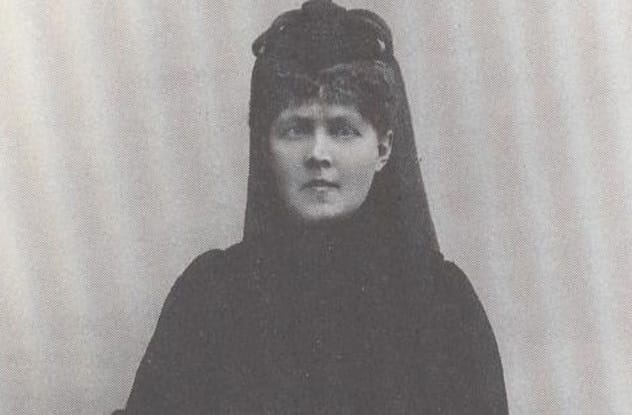
In 1886, much like when William Lane’s Australians arrived a few years later, Paraguay had a lot of empty land. Fourteen German families traveled there to found Nueva Germania. Their dream was a grand and disturbing one: to create a colony of pure Aryan “superhumans.” From this base, they believed the Aryan race could eventually claim the entire South American continent.
The leaders of this venture were Bernhardt Forster and his wife Elisabeth Forster-Nietzsche, who was the sister of the famous philosopher Friedrich Nietzsche. However, the colonists were completely unprepared for the harsh Paraguayan environment. They suffered from diseases like tuberculosis and malaria, snakebites, sand fleas, and their crops failed. A disheartened Forster took his own life in 1889, as did some others. Elisabeth returned to Germany in 1893. There, she twisted her late brother’s philosophical works to support her own racist ideas, which he had strongly opposed.
The settlers left behind in Nueva Germania were reduced to basic farming. The colony became, and remains, one of Paraguay’s poorest areas. The dream of Aryan purity quickly faded in the face of reality. Today, the descendants mostly speak the local Guarani language. While you might see some with blue eyes or blond hair, they are largely like other Paraguayans. Even an influx of Nazi fugitives after World War II didn’t change this. In a strange twist of fate, those few who tried to maintain racial purity through intermarriage ended up with children suffering from birth defects due to inbreeding.
1. Sagallo: Cossacks In Africa

In the 1880s, Africa was being carved up by European powers, and Imperial Russia watched with envy. This gave a notorious Cossack leader named Nikolai Ashinov an idea. He decided he would seize Ethiopia and present it as a gift to the Tsar of Russia.
So, on January 17, 1889, Ashinov and about 150 Cossacks landed at Tadjoura on the Horn of Africa. They took over an old Egyptian fort called Sagallo. There was just one problem: France had already claimed this area as part of its sphere of influence. The Russian government, fearing an international incident, quickly announced it had nothing to do with Ashinov’s adventure.
Ashinov, however, was not discouraged. He renamed Sagallo “New Moscow,” built a chapel, and tried to fix up the fort. His Cossacks, though, seemed more interested in raiding the local area for supplies. On February 16, two French warships arrived. A French officer was sent to negotiate. Ashinov’s response was rather bold, and foolish. He refused to meet the French governor, said he wouldn’t surrender, and even showed off a machine gun. This bravery didn’t last long. After a short bombardment from the French ships that wounded five Cossacks, Ashinov surrendered. When he returned to Russia, Ashinov actually escaped exile and went to Paris, where he tried to claim damages from the French for his failed colony.
These stories show just how hard it was to build something new in an unfamiliar, often hostile, world. Many factors, from poor leadership and lack of planning to disease and conflict, could quickly turn dreams of a new beginning into a desperate fight for survival.
What do you think was the biggest reason these colonies failed? Share your thoughts in the comments below!


